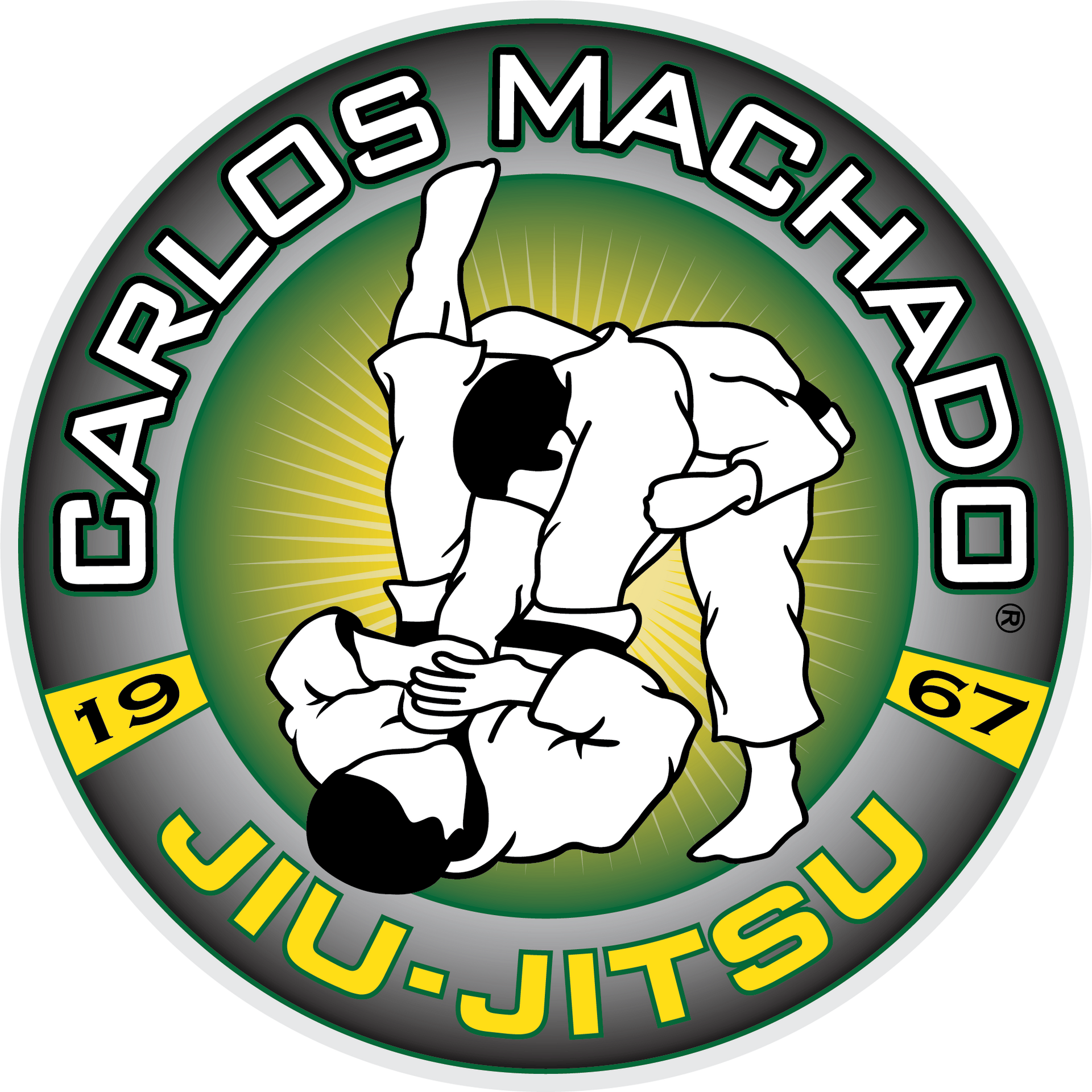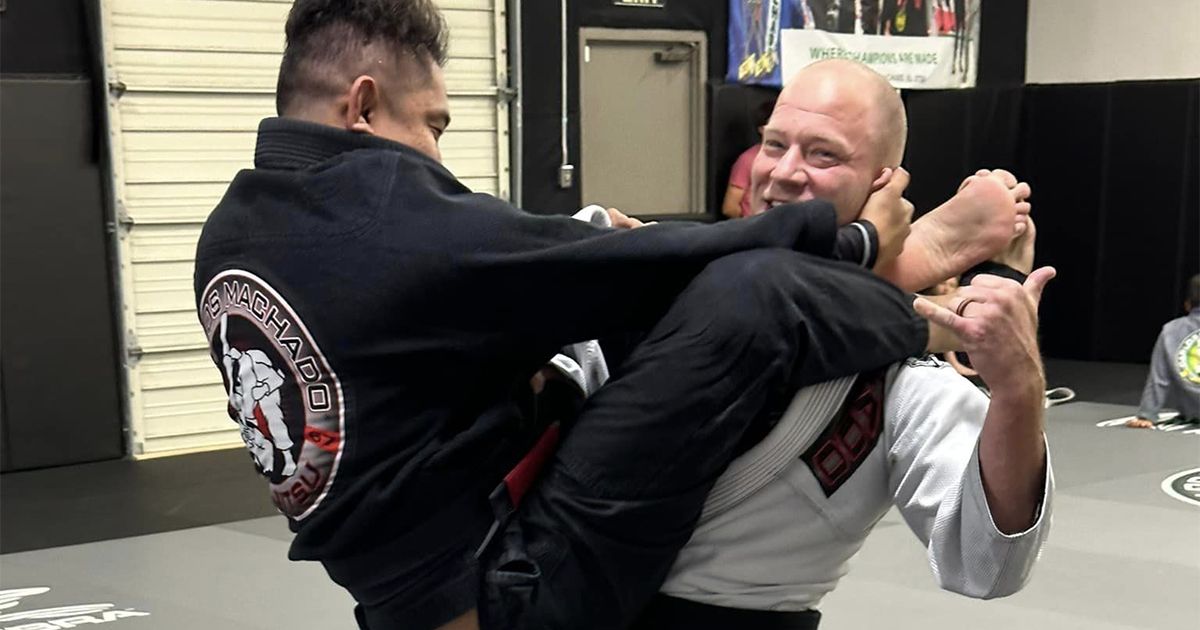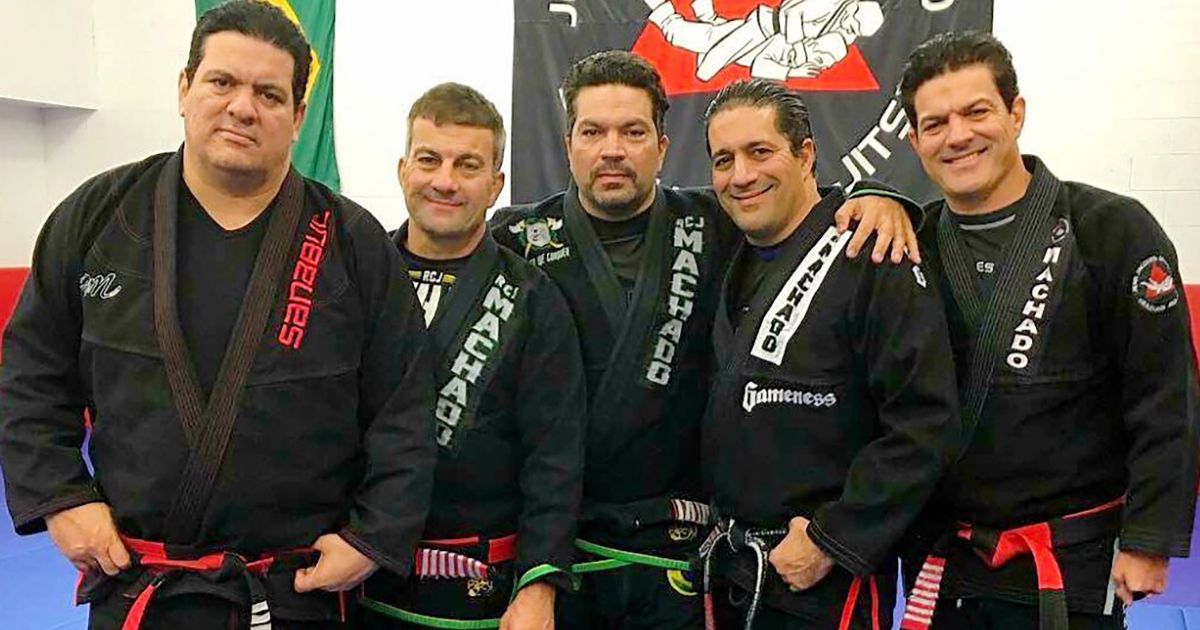Mastering Brazilian Jiu Jitsu Techniques with Carlos Machado
Learn from the 35 years experienced Brazilian Jiu Jitsu master
Technique Demonstrations
Double Arm Under the Legs Guard Position Technique
In Brazilian Jiu-Jitsu, the double arm under the legs guard position technique is a fundamental move that allows the practitioner to control their opponent's movement and set up various attacks.
To execute this technique effectively, follow these steps:
- Start by securing both of your opponent's legs with your arms.
- Keep your elbows tight to your body to prevent any escapes.
- Engage your core and maintain a strong base to stabilize your position.
- From this guard position, you can work towards sweeping your opponent or transitioning to a submission hold.
Guard Defense Technique against Opponent's Pass
Defending against an opponent's guard pass is crucial in Brazilian Jiu-Jitsu to avoid being put in a disadvantageous position. Here are some tips for executing a guard defense technique:
- Stay active with your guard, constantly adjusting and repositioning to create barriers for the pass.
- Use your grips strategically to control your opponent's movement and limit their options.
- Focus on hip movement to create angles that make it difficult for your opponent to pass your guard.
- Utilize framing techniques to create space and prevent your opponent from establishing dominant control.
Crucifix Position Variations for Submissions
The crucifix position is a highly advantageous control position in Brazilian Jiu-Jitsu that allows for a variety of submission opportunities. To explore different submission options from the crucifix position, consider the following variations:
- Armbar: Control your opponent's arms and isolate one for a powerful armbar submission.
- Choke: Use the crucifix position to set up a collar choke or a shoulder choke for a quick submission finish.
- Shoulder Lock: Apply pressure on your opponent's shoulder joint to force a submission or create openings for other attacks.
Sleeve Belt Rib Roll Over Counter Attack Technique
The sleeve belt rib roll over counter attack technique is a dynamic move that can catch your opponent off guard and allow you to gain the upper hand. Follow these steps to execute this technique effectively:
- Start by gripping your opponent's sleeve and belt to control their upper body.
- Engage your core and initiate a smooth roll over your shoulder to destabilize your opponent.
- Use the momentum from the roll to transition into a dominant position or set up a submission hold.
Hook Flip Option for Top Position Leverage
The hook flip option is a strategic move that can be utilized to gain leverage and control in the top position. To execute the hook flip effectively, follow these guidelines:
- Establish a strong base and posture to maintain control over your opponent.
- Hook your leg around your opponent's body and use it as a lever to manipulate their position.
- Engage your core and initiate a controlled flip to transition to a more dominant position or set up a submission opportunity.
Drills and Strategies
When it comes to mastering the art of grappling, understanding and executing various drills and strategies is crucial. This blog section will delve into five key aspects that are essential for improving your skills in Brazilian Jiu-Jitsu.
1. Defense against Bull Fighting Guard Pass Drills
One of the most common guard-passing techniques in Brazilian Jiu-Jitsu is the bull fighting guard pass. This maneuver involves the passer attempting to move around the legs of the guard player by creating space and applying pressure. To effectively defend against this pass, specific drills can be practiced.
Drill Tip: Practice creating frames with your arms and legs to create barriers for your opponent's advancements. Focus on hip movement and maintaining proper distance to prevent the bull fight pass.
2. Clock Choke Technique for Neck Pressure
The clock choke is a powerful submission that can apply immense pressure on your opponent's neck. This technique is highly effective when executed correctly and can lead to a swift victory. Mastering the clock choke requires precision and understanding of leverage.
Technique Tip: Start by securing your opponent's lapel with a deep grip, then swiftly transition to their back while maintaining control. Apply pressure by utilizing your forearm across their neck, mimicking the hands of a clock.
3. Transitioning to Side Mount or Mount Position Strategy
Transitioning between positions is a key aspect of Brazilian Jiu-Jitsu. Knowing when and how to move from side control to mount, or vice versa, can dictate the flow of the match. Having a strategic approach to these transitions can give you the upper hand.
Utilize underhooks and overhooks to secure control during transitions. Timing is crucial; wait for the right moment to make your move. Be aware of your opponent's reactions and adjust your strategy accordingly.
4. Grappling Technique for Arm and Leg Control
Controlling your opponent's arms and legs is fundamental in dominating the grappling exchange. By restricting their movements and limiting their options, you can increase your chances of success in securing advantageous positions or submissions.
Technique Focus: Practice maintaining control over your opponent's limbs through grips and transitions. Work on breaking their posture and disrupting their base to gain the upper hand during the grappling exchange.
5. Preventing Opponent from Facing You and Countering Movements
Keeping your opponent from facing you is crucial to maintaining control and dictating the pace of the match. By understanding how to disrupt their movements and counter their attempts to reposition, you can stay one step ahead in the grappling game.
Focus on off-balancing your opponent to prevent them from facing you directly. React swiftly to their movement patterns and anticipate their next actions. Utilize pressure and leverage to thwart their attempts to change positions.
By incorporating these drills and strategies into your Brazilian Jiu-Jitsu training regimen, you can enhance your skills, improve your overall performance, and elevate your proficiency on the mat. Remember, practice makes perfect, so dedicate time to honing these techniques and watch your grappling game soar to new heights.
Submission and Defense Techniques
As you delve deeper into the world of martial arts, mastering submission and defense techniques becomes essential for both self-improvement and self-defense. In this blog section, we will explore various techniques that will empower you to control your opponent, break free from their grip, apply effective joint locks, and ultimately adjust your strategies to counter your opponent's movements.
Ankle Control from Foot on Hip Position
One of the fundamental techniques in submission and defense is gaining control over your opponent's ankle while in the foot-on-hip position. By leveraging this position effectively, you can disrupt your opponent's balance, limit their movement, and set yourself up for various submission opportunities.
Breaking Free from Opponent's Grip with Belt Technique
When your opponent manages to secure a tight grip, knowing how to break free is crucial. The belt technique offers a strategic way to release yourself from their hold, creating openings for counterattacks or transitioning into advantageous positions.
Wrist Locks and Kimura Position OptionsMastering wrist locks and the kimura position provides you with versatile submission and control options. By applying proper technique and leverage, you can exert pressure on your opponent's joints, forcing them to submit or leading to a positional advantage.
Applying Pressure to Finish Submissions
Effective submission techniques rely not only on correct positioning but also on applying pressure in a controlled manner. Understanding how to generate and maintain pressure during submissions increases their effectiveness and reduces the likelihood of your opponent escaping.
Adjusting Techniques Based on Opponent's Movements
Adaptability is key in martial arts, especially when facing dynamic opponents. Learn how to read and react to your opponent's movements, adjusting your techniques in real-time to maintain control, create openings for submissions, and exploit weaknesses in their defense.
Master submission and defense techniques by controlling your opponent's ankle, breaking free from grips using the belt technique, utilizing wrist locks and the kimura position for options, applying pressure effectively, and adjusting techniques based on your opponent's movements for strategic advantage.





